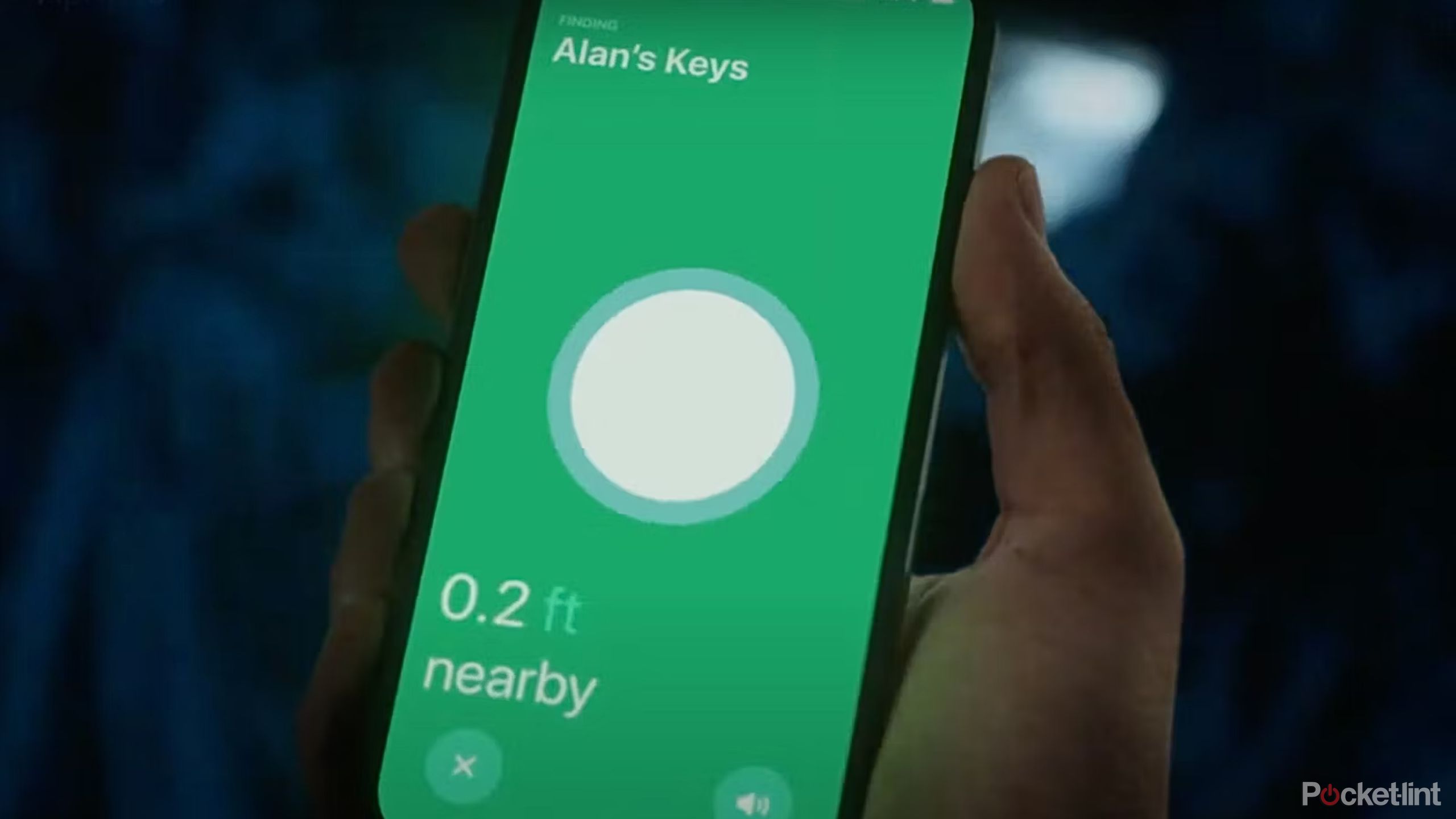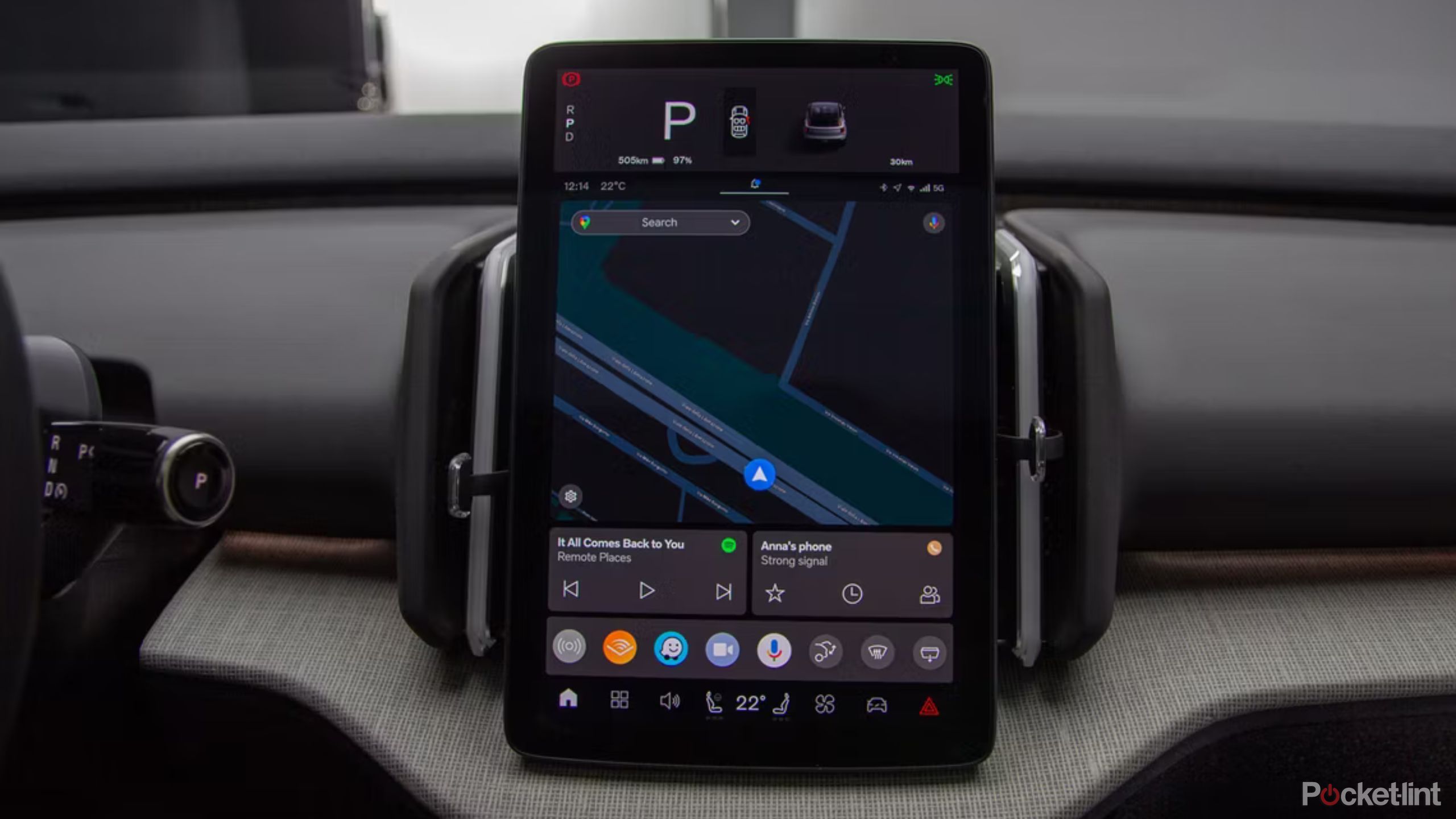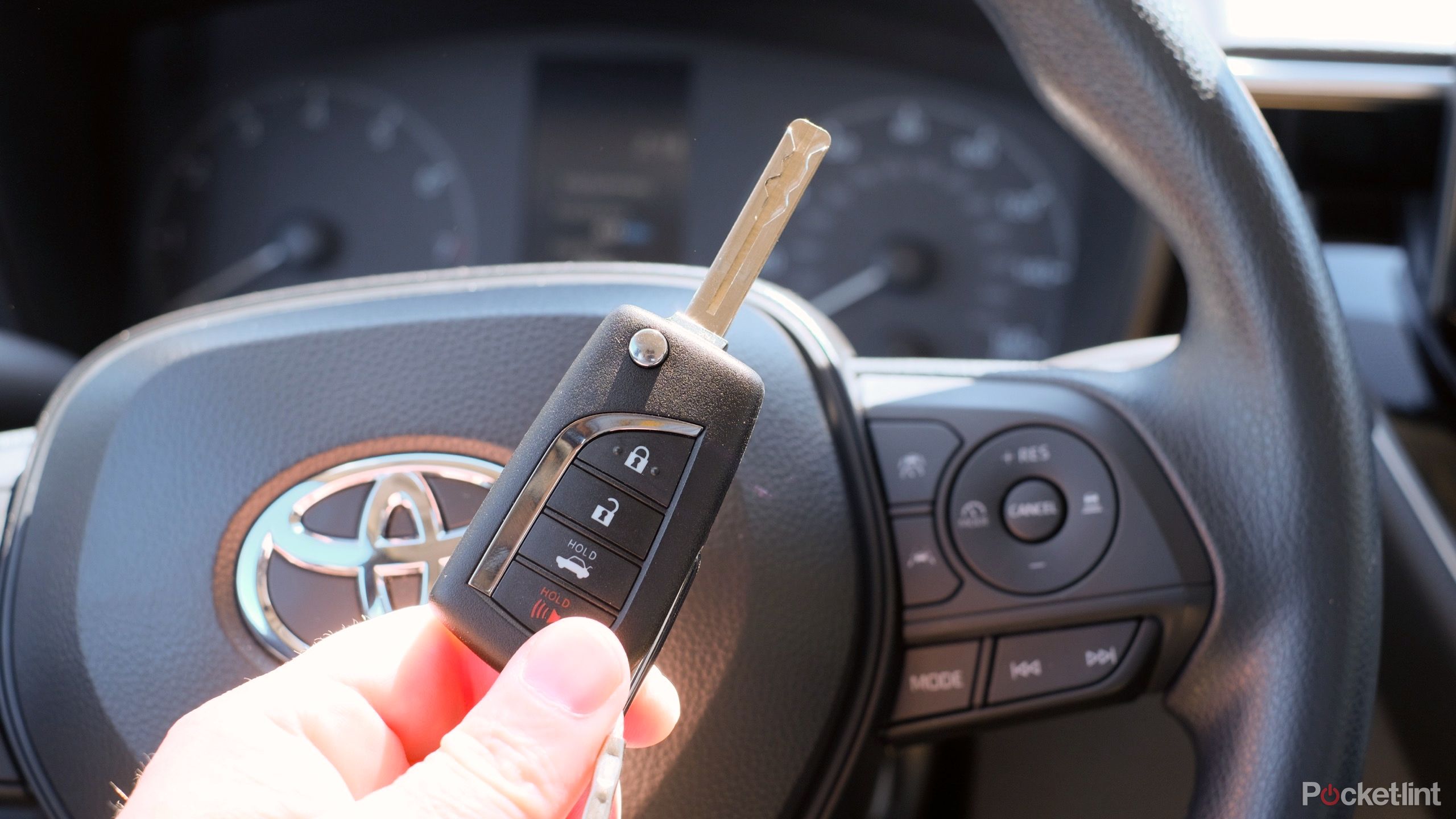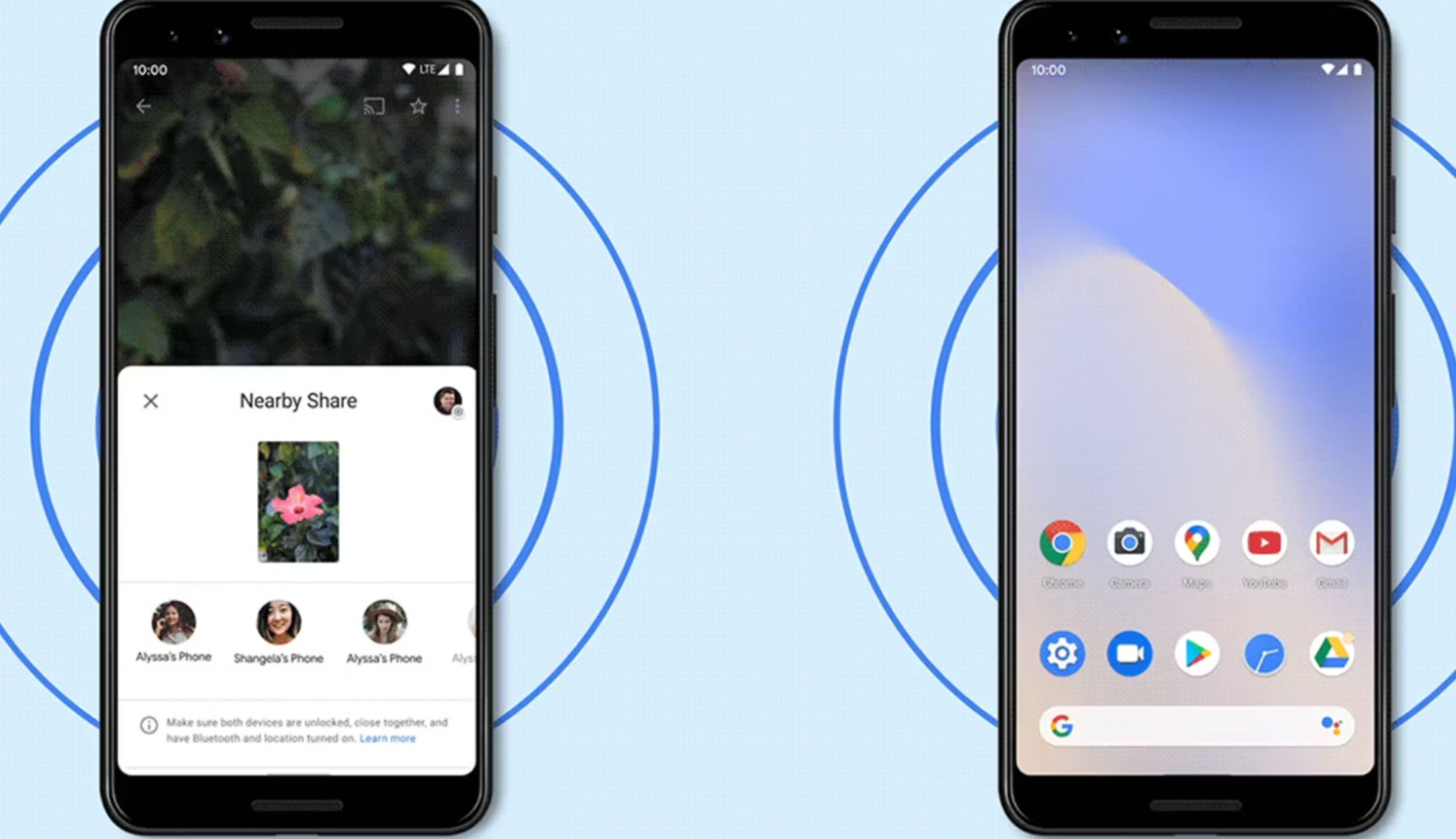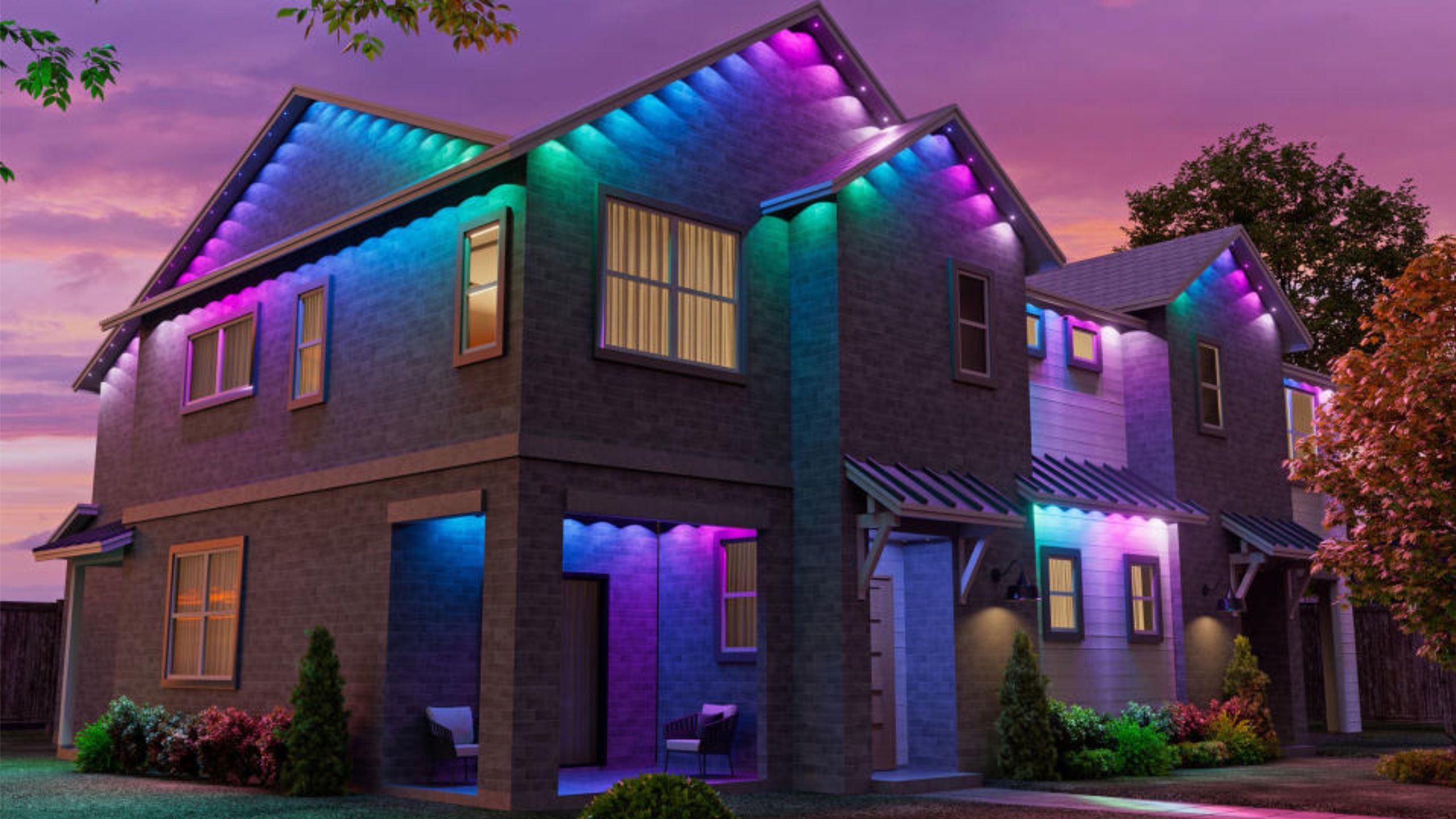Key Takeaways
- UWB adds precise directionality; future includes tracking tech, navigation, and seamless file transfers.
- Smartphones with UWB can serve as car keys and improve ridesharing experience.
- Smart home setups will become more intuitive with UWB, making everyday tasks easier.
Ultra-wideband (UWB) is a wireless protocol that specializes in short-range communication. The high-frequency radio waves of UWB provide more precise directionality compared to other technologies like Bluetooth, which opens up a variety of potential uses.
The incorporation of UWB technology into modern smartphones makes a lot of sense — your phone already supports Wi-Fi, 5G, Bluetooth, GPS, and NFC — so what’s the harm in adding just one more radio?
What’s the deal with ultra-wideband and what does UWB do?
Digital car keys, location tracking and seamless connectivity are all on the agenda for UWB.
Apple was quicker than most phone makers to introduce UWB into its lineup, first doing so with the launch of the iPhone 11 series in 2019. Android manufacturers, relatively speaking, have been slower to adopt the technology. Samsung includes the radio hardware in its highest-end Galaxy S24 Ultra, for example, but the feature is missing in action when it comes to the base S24 model.
In all likelihood, we can expect to see UWB receive widespread adoption in the coming years, and for good reason. The short-range functionality it offers has the potential to make waves across the tech landscape.
Here are six ways in which UWB tech will make your life easier than today.
1 Your stuff won’t get lost so easily
Bluetooth trackers are useful, but UWB brings it to a whole new level
The most common consumer use case for UWB today is undoubtedly in the tracker device market. Not all trackers support the protocol, with many relying exclusively on Bluetooth. The ones that do include UWB, such as Apple’s AirTags, let you track down their exact location in real time, with a simple user interface to point you in the direction to head towards.
Many other tracker devices are following suit and adopting the tech, and it’s not hard to imagine a future where it becomes the de facto market standard. There are tons of useful items and places that are practically begging to have a tracker added to them, including wallets, backpacks, bicycles, and suitcases.
0:20
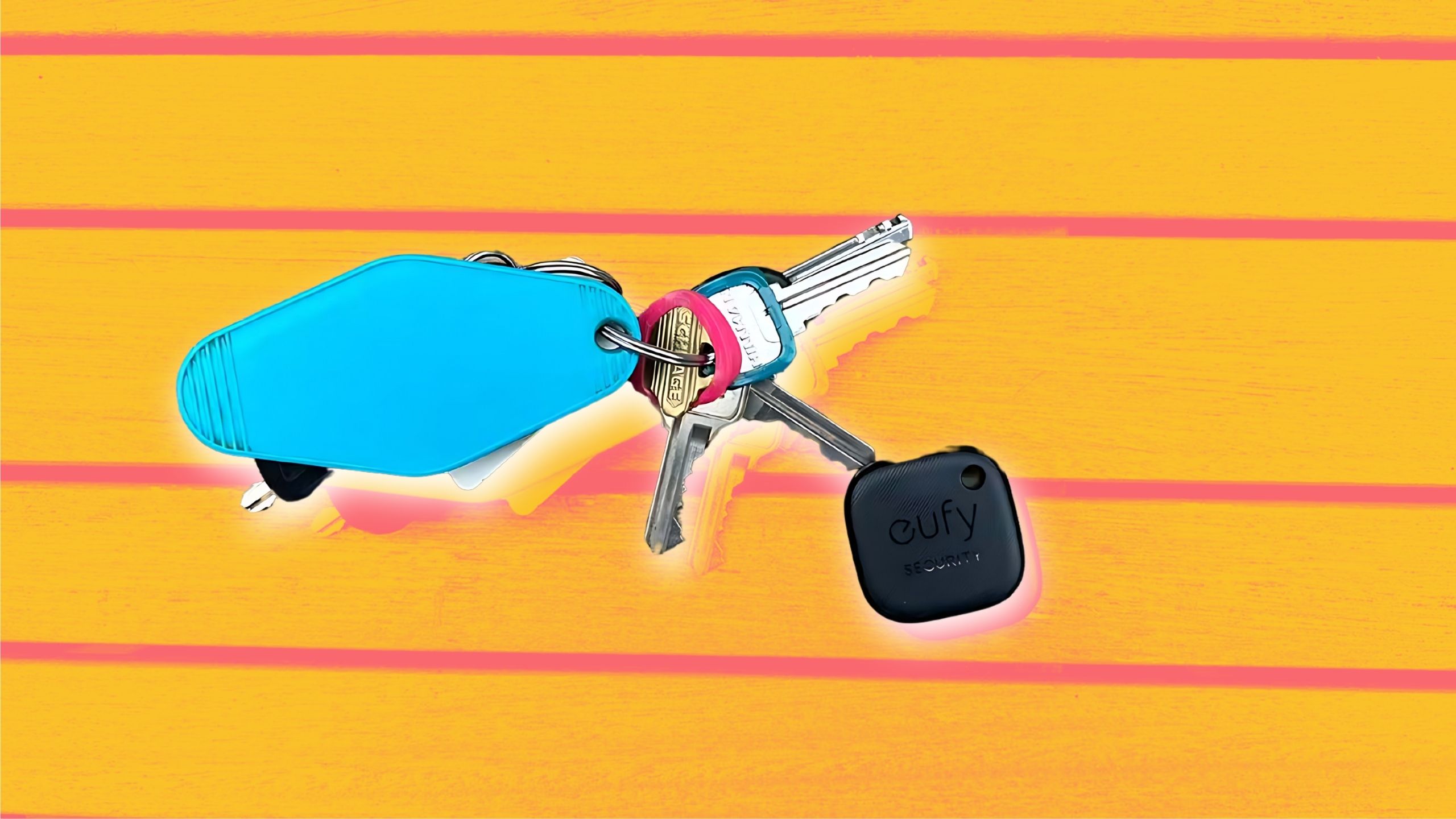
I tried the Eufy SmartTrack Link and it’s like having a slimmer $20 AirTag
The Eufy SmartTrack Link may not be an Apple product, but it fit beautifully in my FindMy system, wallet, and budget.
2 You also won’t get lost so easily
UWB can help you better navigate the world around you
Tracker devices might be the biggest consumer use case for UWB today, but this won’t be the case forever. In the future, when the tech is deployed more broadly, a number of navigation-related use cases will open up.
For example, when at an airport, you’ll be able to navigate to your terminal simply by following an arrow displayed on your phone screen. When you’re at a department store, you’ll be able to track down that one product you can’t seem to find on the shelf.
The possibilities are seemingly endless, but the FiRa Consortium has put together a list of use cases it expects to see in the future. These include finding your car in a large parking garage, finding your way around a particularly busy shopping mall, and so on.
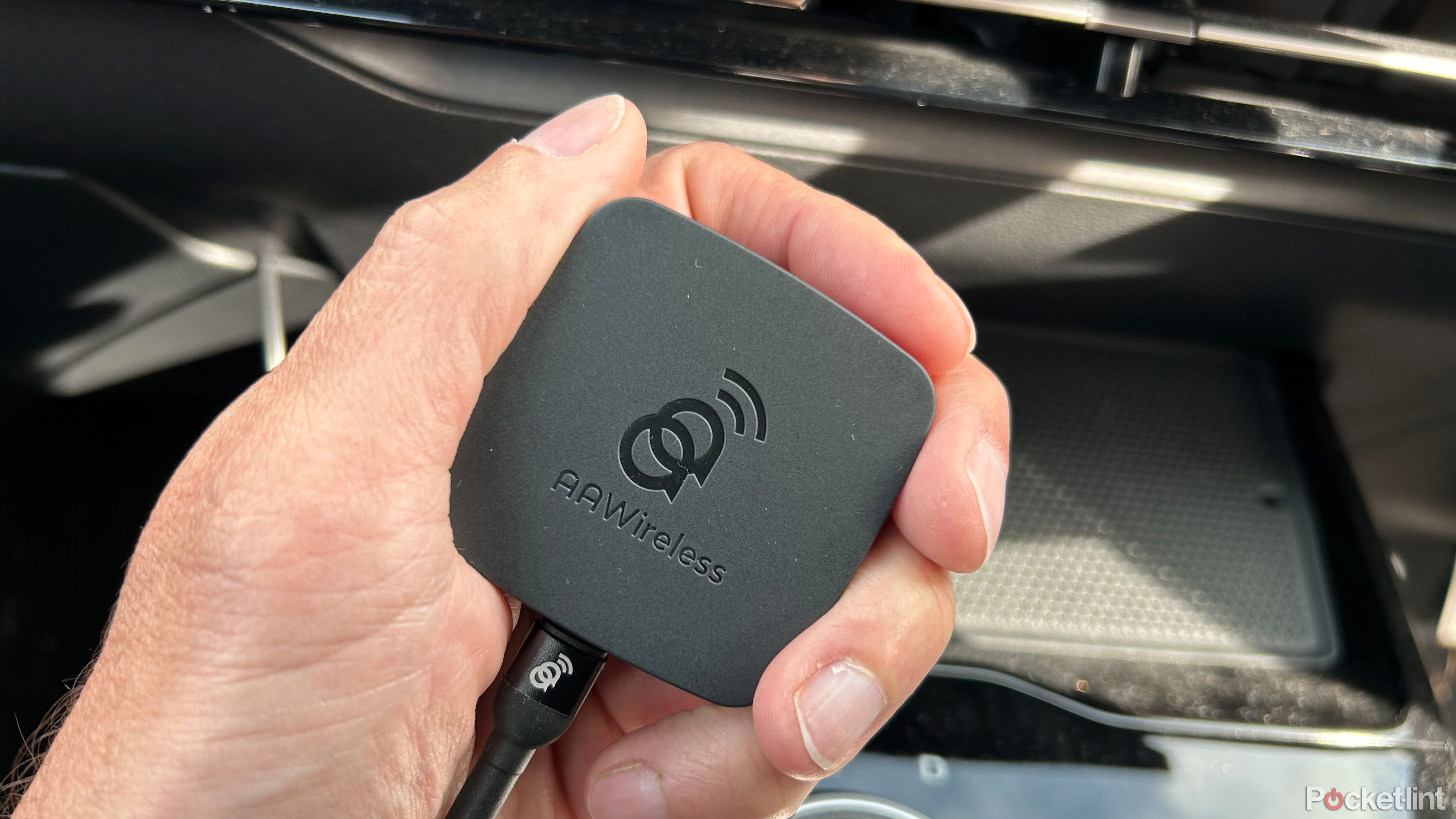
This dongle gave my car wireless Android Auto and I can’t go back
The AA Wireless Dongle for Android Auto takes the hassle out of getting the best from your connected car apps.
3 Ridesharing will become truly effortless
You’ll never have trouble finding your Uber driver again
Pocket Lint
Ridesharing apps have taken the world by storm in recent years, and it’s not hard to see why. Services like Uber and Lyft have streamlined the process of quickly hailing a ride from point A to point B, and they do so with both security and convenience in mind.
However, even with all the advanced location-tracking tech that allows for modern rideshare services to function, things sometimes still go awry. That’s where UWB comes into play — rather than playing a game of Where’s Waldo with your designated driver, they’ll be able to pinpoint your precise location, even if you’re being picked up from a particularly crowded street corner.
It’s a fairly safe prediction to make, that once UWB radios become commonplace on smartphones at all price brackets, rideshare companies will jump on the opportunity to incorporate the short-range tech into their apps en masse.
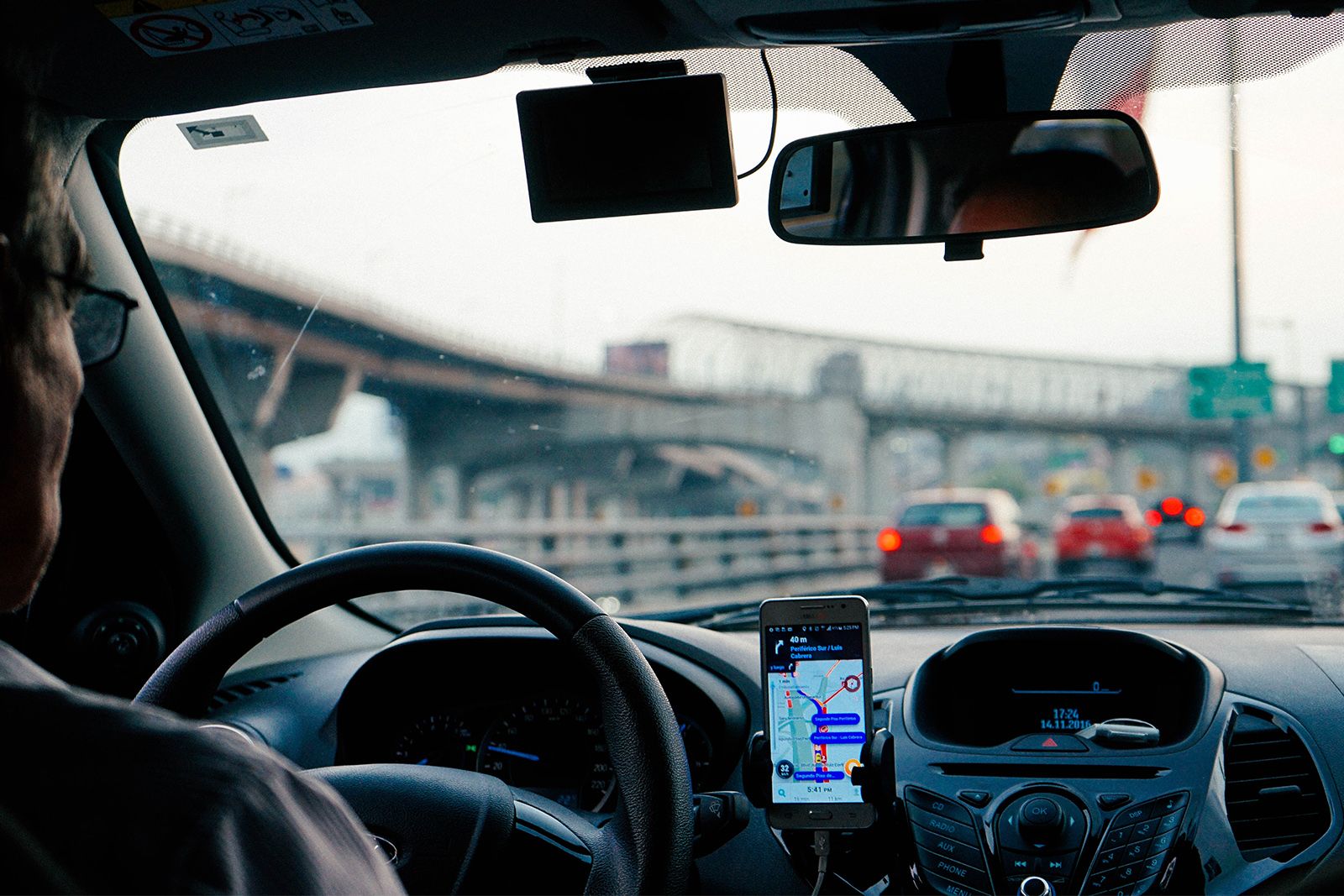
What is Uber and how does it work?
Here’s everything you need to know about Uber, including how it works, how to sign up and how to use it.
4 Your phone will double as your car key
Say goodbye to expensive and easy-to-lose key fobs
Currently, a range of car models on the market offer key fobs that let you unlock your vehicle wirelessly. These keys use Radio Frequency Identification (RFID) to unlock your car door as you approach it, provided you have the fob in your pocket.
Mainstream vehicle manufacturers that have dabbled with UWB are far and few between, but this is likely to change as the tech becomes cheaper and easier to incorporate. Eventually, you’ll be able to ditch the key fob entirely and just use your phone to easily lock and unlock your car.
There are kinks that still need to be worked out, including the need for robust theft prevention measures. Thankfully, the Car Connectivity Consortium and FiRa Consortium are hard at work ironing out some of these details.
0:56
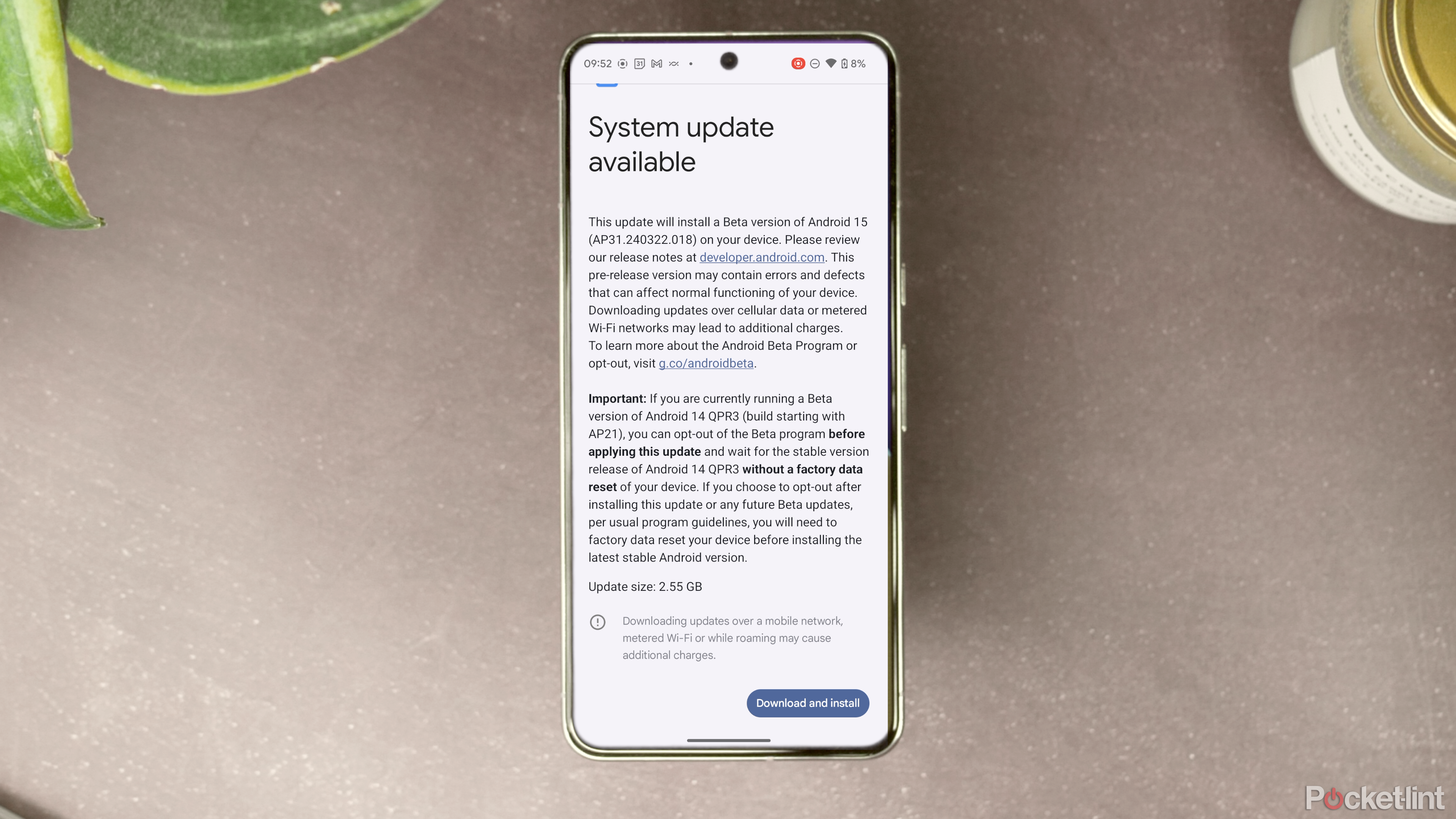
Android 15: How to install the public beta
We don’t recommend installing the Android 15 public beta, but if you insist… here’s how to do it.
5 It’ll be easier than ever to transfer your files
Expect wireless data transferring to become even more ubiquitous over time
The days of plugging your phone into your computer to transfer files and back up data are long behind us. Wireless protocols like AirDrop and Quick Share are easy to use and convenient, but UWB can make them even better.
A UWB radio can add precision to your file transfer process, letting you physically point your devices together to facilitate data sharing. As more devices launch with UWB hardware, expect your wireless data transfer experience to become ever-more seamless.
When pointing 2 UWB-enabled Galaxy phones together, for example, the share sheet will automatically display the devices at the top of the page, according to Samsung. The full potential of UWB-based data transfer isn’t yet fully realized, but for the time being, it’s a great supplementary force to live alongside the likes of Wi-Fi and Bluetooth.
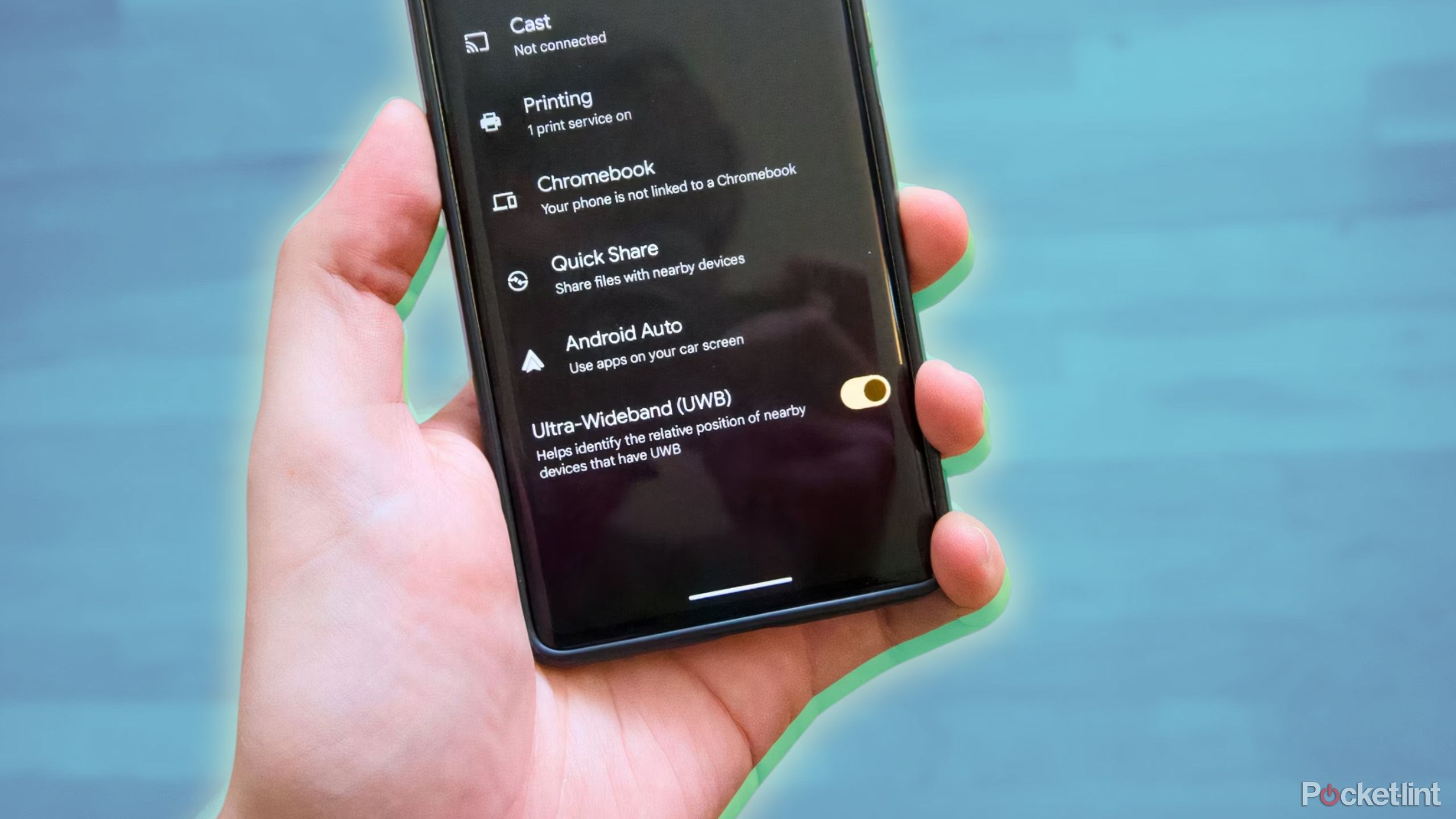
How to enable ultra-wideband on your Android phone — and why you should
Wireless tech like Bluetooth and Wi-Fi have proved their usefulness, but you can also use UWB to unlock your car, track your house keys, and more.
6 Your smart home setup will get even smarter
Your house might start to feel alive
Nanoleaf
The smart home market has a lot of untapped potential, with competing ecosystems resulting in a fragmented experience. Even with the introduction of the universal Matter protocol, the experience simply isn’t as seamless as it could be.
While waiting for smart home standardization efforts to bear fruit isn’t ideal, at least you can look forward to UWB tech eventually leveling up the ‘smart’ in your smart home setup.
The highly precise and accurate location data provided by UWB will make it so that you’ll never have to flick on a light switch again. With your phone in your pocket, your UWB-equipped smart lamps and other smart devices will detect your presence and turn themselves on or off accordingly.

Best Bluetooth trackers: Expert tested and reviewed
Portable, subtle, and easy to use, these trackers keep tabs on your items so you don’t have to.
FAQ
Q: How can I tell if my phone supports ultra-wideband?
Unfortunately, there’s no centralized list of all phone models that support UWB. If you have an iPhone 11 series or later, you can rest assured that the tech is built-in to your phone. On the Android side of the equation, Google has an ‘Ecosystem support‘ web page that lists vendor and device model information.
Q: How do I enable ultra-wideband on my phone?
If you’re rocking an iPhone or an Android phone that supports UWB, you can head into your respective settings app and toggle the radio on or off as you see fit. For iPhone, you’ll want to follow these steps. For the equivalent process on Android, follow this guide.
Q: When can I expect ultra-wideband to fully hit the mainstream?
For the time being, UWB remains more expensive to implement than other wireless protocols like Bluetooth and NFC. This is why you’ll mostly find the feature on high-end flagship phones, and not on midrange or budget models. It’s impossible to pinpoint a time frame, but as UWB technology becomes cheaper, it’ll become more prevalent throughout the entire industry.
Trending Products

Cooler Master MasterBox Q300L Micro-ATX Tower with Magnetic Design Dust Filter, Transparent Acrylic Side Panel…

ASUS TUF Gaming GT301 ZAKU II Edition ATX mid-Tower Compact case with Tempered Glass Side Panel, Honeycomb Front Panel…

ASUS TUF Gaming GT501 Mid-Tower Computer Case for up to EATX Motherboards with USB 3.0 Front Panel Cases GT501/GRY/WITH…

be quiet! Pure Base 500DX Black, Mid Tower ATX case, ARGB, 3 pre-installed Pure Wings 2, BGW37, tempered glass window

ASUS ROG Strix Helios GX601 White Edition RGB Mid-Tower Computer Case for ATX/EATX Motherboards with tempered glass…


